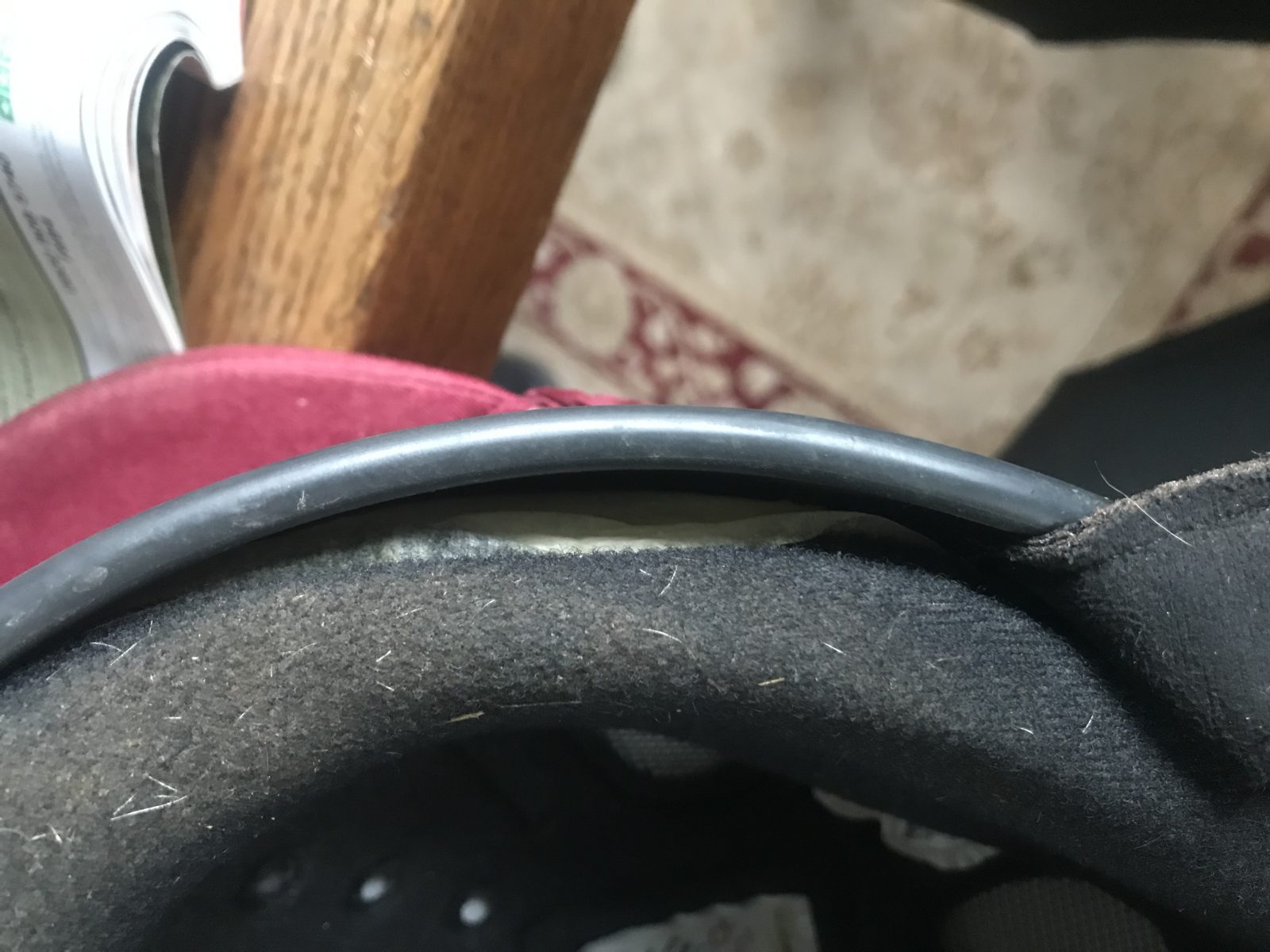At Champion, we test our products to destruction to ensure they offer the highest level of protection for equestrians. All our riding hats and body protectors meet the current testing standards and carry the quality symbols you’d expect. Learn all about how we test our products to provide unrivalled quality and safety that you can trust.
We are proud to announce we were recently ranked no.1 in the Virginia Tech Helmet Study 2022.
Read more about the study >
THE PURPOSE OF RIDING HELMETS
The danger of impacts to the head
Let’s talk about head health. Each year, millions are invested into research concerning the brain and both the long- and short-term effects of impacts to the head. Current research suggests there’s a link between head impacts and dementia and Alzheimer’s, as well as CTE (Chronic Traumatic Encephalopathy), a condition where multiple head impacts damage brain tissues. Impacts to the head can also result in persistent post-concussion syndrome (PPCS) which is where concussion symptoms remain for an extended period and can even be lifelong.
Wearing a riding hat can not only protect you against short-term injury, but it can also significantly reduce the risk of long-term issues.
Riding hats and impact
We all know the risk. That’s why we make PPE to manage the risk of the activity. However, it’s important to note that equestrian helmets are a one-time impact, once it’s done, it’s job done. Every time you have an impact, it’s time to replace your helmet. Even if it looks fine from its exterior, the foam inside could be compromised.

RIDING HAT SAFETY STANDARDS
There are currently four riding hat safety standards, these are as follows:
HOW WE TEST OUR HELMETS

IMPACT
A helmet is dropped from a set height onto set anvils (each standard has different anvils).
LATERAL DEFAMATION
The helmet is then tested sideways in case a horse lands on you.
RETENTION STRENTH
A force is pulled on the chin strap.
RETENTION STABILITY
Static load to test if the helmet moves at all. Or a pull-off test is carried out with a violent load to see if it comes off the head.
CONDITIONING
Tests if the helmet works in extreme cold, heat and wet (e.g. PAS0 -20deg, +50, water test).
PENETRATION TEST
Checks that the helmet can stop a spike from penetrating the head, dropped from various heights 50cm – 100cm depending on the standard.
BODY PROTECTORS & SAFETY

As a company, we would say ideally you should wear a body protector every time you ride. It’s doing the same job for your ribs and torso as a helmet is doing for your head. If you’re looking to buy a body protector, it’s a little more straightforward as you just have to look out for the BETA tag.
BETA Scheme
The BETA scheme covers three levels, each designed for different activities:
- Level 1: this is the lowest level of protection and is suitable for professional jockeys only. It’s very lightweight and designed to meet weight restrictions.
- Level 2: this is a lower level of protection and is suitable for general riding in low-risk situations and professionals such as licensed jockeys.
- Level 3: the highest level and considered appropriate for general riding activities. This is a requirement for any cross-country competitors. Both our Ti22 and FlexAir meet this standard.
EN13158:2018 standard
There is currently one standard for static garments, EN13158:2018. This assesses impact and protective coverage, as well as taking into consideration comfort and fit elements.
There is no current standard for Air Jackets, but there is one coming in 2023.


